How AI is Impacting The Education Sector?
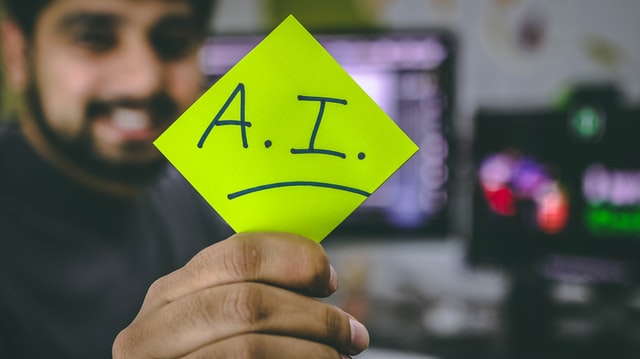 Image: Hitesh Choudhary unsplash : https://unsplash.com/
Image: Hitesh Choudhary unsplash : https://unsplash.com/
Artificial intelligence has taken the world around us by storm, and like all things in the 21st century, it has thoroughly impacted the education sector.
From chatbots to automated thermostat conditioning, the machines around us learn from our behavior and then act intelligently to deliver the best possible service or product.
Almost every industry out there is leveraging the power of AI. How, then, can education not be impacted by something so all-consuming.
AI has changed the delivery, approach, and stylization of the education sector around the globe with relevant innovation. Here is how we see the industry evolve and grow, owing to AI.
- 0 Comments
- Feb 9, 2021 10:00:00 AM
- Posted by Natalia Galvis
- Topics: Math, Math Book, EdTech, STEM, Curriculum, teachers, students, Technology, VR, Realidad Virtual, Edchat, Gendergap, Digital Technology, teaching, online, Virtual Reality, virtual learning, lessons
Guiding Special Education Students to Stay on Track for Success in Hybrid Classrooms
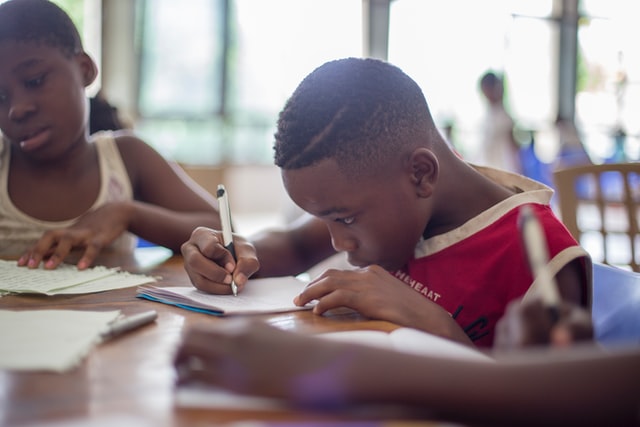 Sandri Vedri: https://unsplash.com/
Sandri Vedri: https://unsplash.com/
Coaching special education students on metacognitive strategies helps them stay motivated during the pandemic.
- 0 Comments
- Feb 8, 2021 10:00:00 AM
- Posted by Natalia Galvis
- Topics: Math, Math Book, EdTech, STEM, Curriculum, teachers, students, Technology, VR, Realidad Virtual, Edchat, Gendergap, Digital Technology, teaching, online, Virtual Reality, virtual learning, lessons
4 Ways to Support Students During Online Learning
By CHRISTINE FLOYD
 Photo by Beci Harmony on Unsplash
Photo by Beci Harmony on Unsplash
Online learning swept across the country in early 2020, but it isn't without its hurdles-here's how to help students navigate their new reality
- 0 Comments
- Feb 5, 2021 10:00:00 AM
- Posted by Natalia Galvis
- Topics: Math, Math Book, EdTech, STEM, Curriculum, teachers, students, Technology, VR, Realidad Virtual, Edchat, Gendergap, Digital Technology, teaching, online, Virtual Reality, virtual learning, lessons
The Post-Pandemic Outlook for VR in Education
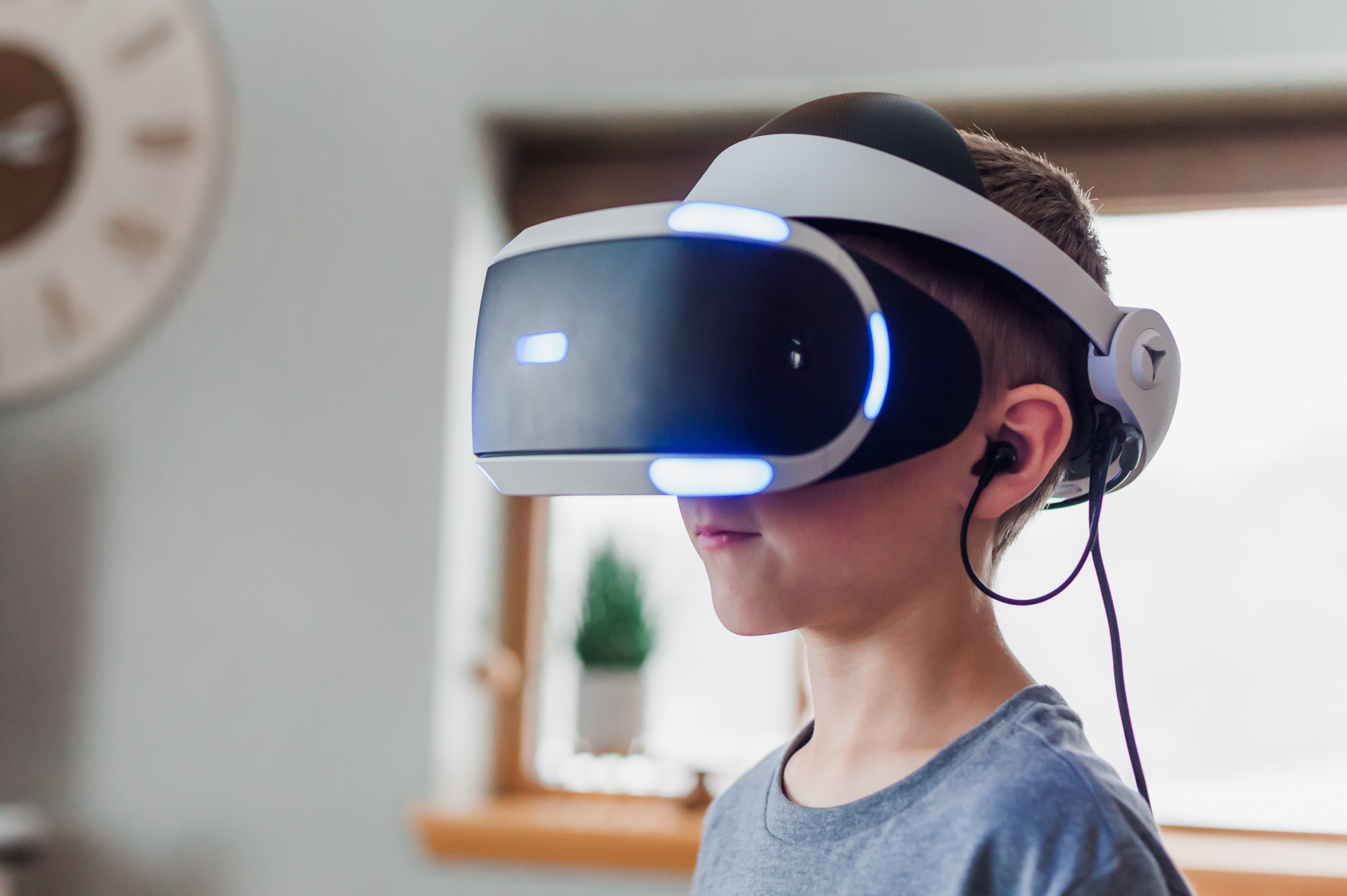 Image: Jessica Lewis https://unsplash.com
Image: Jessica Lewis https://unsplash.com
During the pandemic, digital products and services have become the salvation, and the demand for technology and new developments has grown sharply. The global EdTech industry grows by 17-25% per year. It received an additional impulse to grow due to the lockdown. Those trends that were relevant before the current situation are gaining momentum more and more.
- 0 Comments
- Feb 4, 2021 10:00:00 AM
- Posted by Natalia Galvis
- Topics: Math, Math Book, EdTech, STEM, Curriculum, teachers, students, Technology, VR, Realidad Virtual, Edchat, Gendergap, Digital Technology, teaching, online, Virtual Reality, virtual learning, lessons
5 Ways Universities and Students Are Effectively Using Virtual Reality
By Arthur Evans
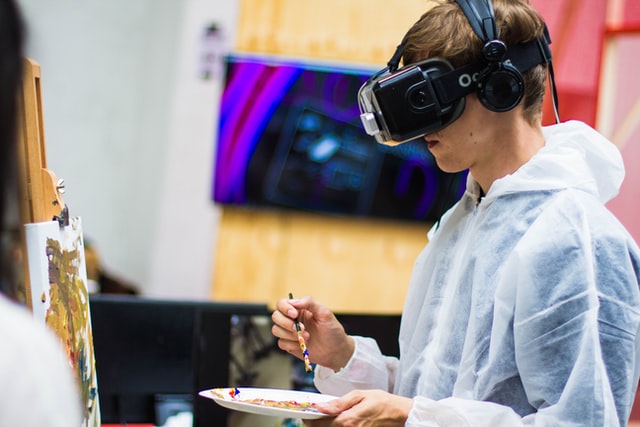 Photo by Billetto Editorial on Unsplash
Photo by Billetto Editorial on Unsplash
Virtual reality (VR) has changed life as we know it. It has also affected the dynamics of education. VR has opened the world’s educational system to a vast horizon of possibilities. Working hand in hand with artificial intelligence (AI) and augmented reality (AR), it has taken education to a whole new level.
Virtual reality brings the world to the students in the classroom. Students can visit and experience the place they’ve never even dreamed of, from the depths of the oceans to the heights of space. Several institutions are already using this technology to enable a more interesting, interactive, and explorative learning environment. It is already closing the gap between the varying ways and the pace students at which students learn.
Here are five great ways that universities and students are effectively using virtual reality across the educational system.
- 0 Comments
- Jan 27, 2021 10:00:00 AM
- Posted by Natalia Galvis
- Topics: EdTech, STEM, Curriculum, teachers, students, Technology, VR, Realidad Virtual, Edchat, Gendergap, Digital Technology, teaching, online, Virtual Reality, virtual learning, lessons
3 Ways VR Can Be Used In Modern Education
By Nancy Howard
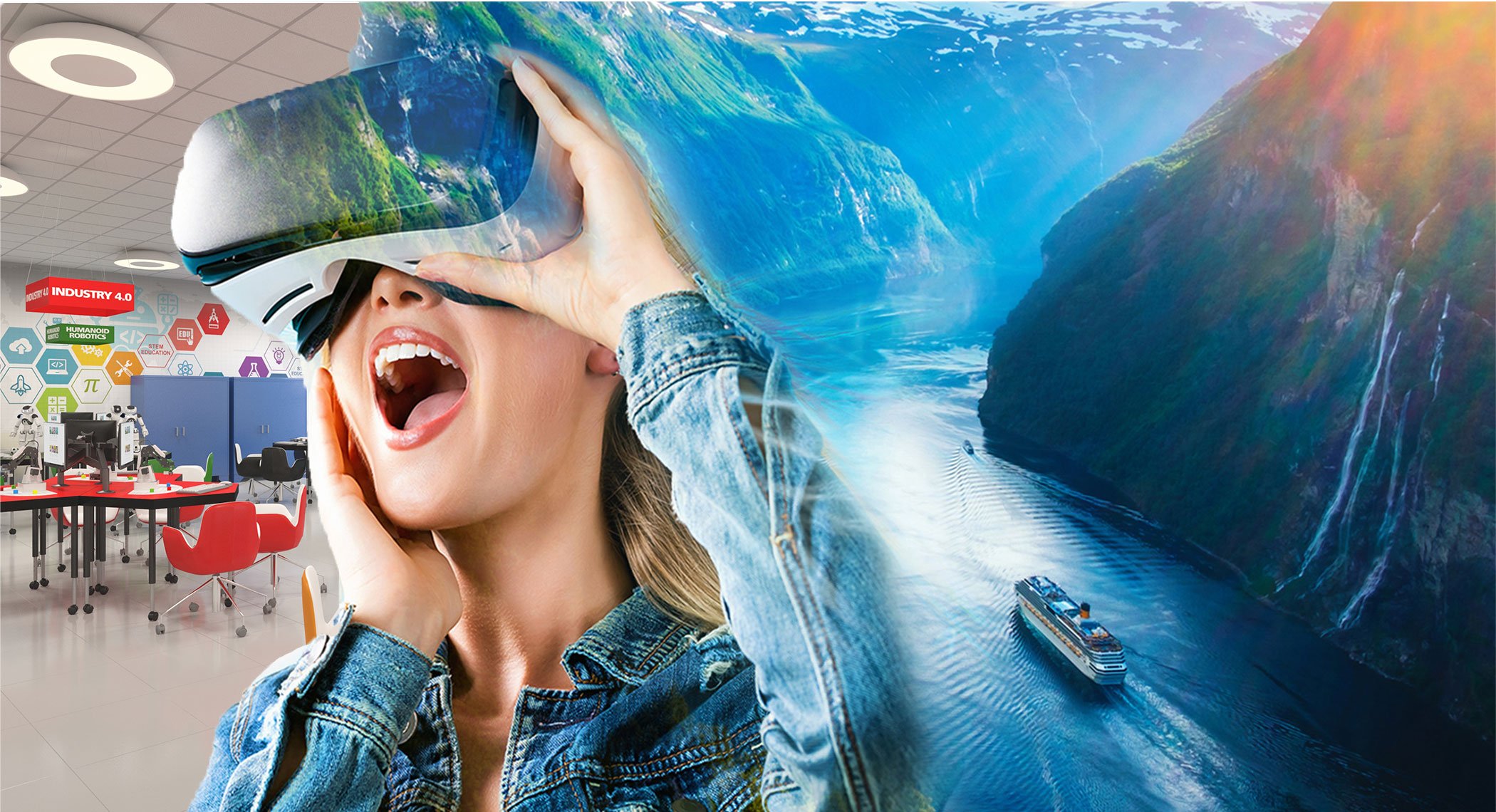
VR has a significant impact on educational processes: only through this technology can students safely and in detail, see what they are learning, from the decay of atoms to extinct organisms. According to analysts at ABI Research, by 2022, the global market for VR-learning will grow to a total of $6.3 billion. As early as the end of 2018, virtual technology has been implemented in 18% of U.S. curricula. Let's take a look at how VR is used to enhance educational processes.
- 1 Comments
- Jan 14, 2021 10:00:00 AM
- Posted by Natalia Galvis
- Topics: EdTech, STEM, Curriculum, teachers, students, Technology, Expeditions, VR, Edchat, Digital Technology, teaching, online, Virtual Reality, lessons, eLearning
An Alternative App To The Discontinued Google Expeditions Is Available For Educators
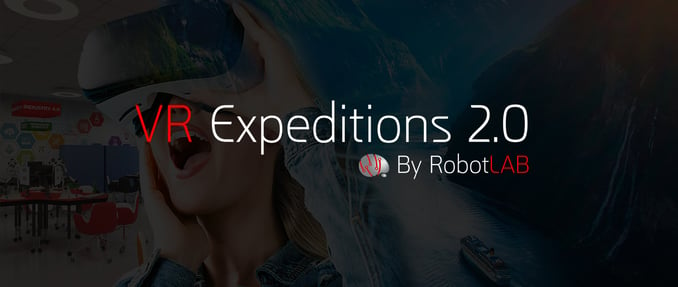
A long-time Google Expeditions partner, stepped up to fill the gap created by Google’s decision to sunset the popular app, introducing VR EXPEDITIONS 2.0
San Francisco, Nov. 20, 2020, - RobotLAB Inc., the leading educational robotics company, announced today the general availability of VR Expeditions 2.0 for classroom teachers. The company created the virtual field trip app and content management system in partnership with Encyclopedia Britannica, following Google’s decision to sunset the Expeditions App as publicly shared on Nov. 12, 2020.
- 0 Comments
- Nov 23, 2020 11:00:00 AM
- Posted by Natalia Galvis
- Topics: EdTech, STEM, Curriculum, teachers, students, Technology, VR, Realidad Virtual, Edchat, Digital Technology, teaching, online, Virtual Reality, virtual learning, lessons, eLearning
How Virtual Reality Can Help Students Meet Learning Goals
By Rhonda Martinez
Virtual reality technology slowly gets adopted in various industries, and education is no exception. VR is more than just a fun thing that can help educators entertain students and improve engagement in the classroom. VR has tremendous innovative potential so it can help educators create new learning opportunities for their students.
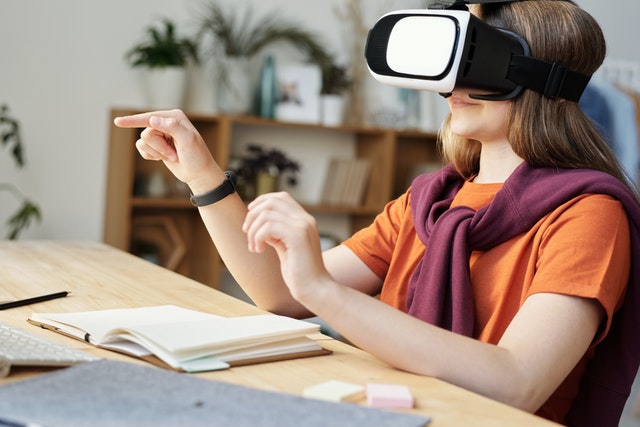 Photo by Julia M Cameron from Pexels
Photo by Julia M Cameron from Pexels
- 0 Comments
- Nov 5, 2020 10:00:00 AM
- Posted by Natalia Galvis
- Topics: STEM, teachers, students, Technology, VR, Realidad Virtual, STEMchat, Edchat, teaching, online, Virtual Reality, lessons
How VR Can Help During the Coronavirus Crisis
BY VR Direct
The message is stark, urgent and global; the progress of the coronavirus pandemic can only be slowed to manageable levels if we all practice social distancing and self-isolation.
We all have daunting challenges to face in a world of restricted travel, remote working, and limited social interaction. Even after the initial crisis measures have been relaxed, it won’t be ‘business as normal’ for some time to come.
So exactly how can we continue providing essential training and education? How can we meet together at trade and cultural events? How can we nurture personal contacts and convert them to sales?
One way is to use the technology already out there to bring people together in a virtual reality. A virus ca nnot spread when there is no actual physical contact.
Let’s take a look now at how VR can not only give you a socially responsible advantage during the height of the crisis, but will give you a competitive edge in its aftermath.
- 0 Comments
- Oct 23, 2020 10:00:00 AM
- Posted by Natalia Galvis
- Topics: STEM, students, Technology, VR, store000030-Virtual Reality, STEMchat, Edchat, online, virtual learning, lessons
What are the Benefits of Learning To Code as a Child?
Coding is becoming one of the biggest trends to hit education since virtual reality. Because of this, parents and schools all over the globe are interested in teaching children to code. While teaching children to code may not turn them into a billionaire like Mark Zuckerberg, it certainly comes with a lot of benefits. Many of the advantages that I speak of are unknown to general public.
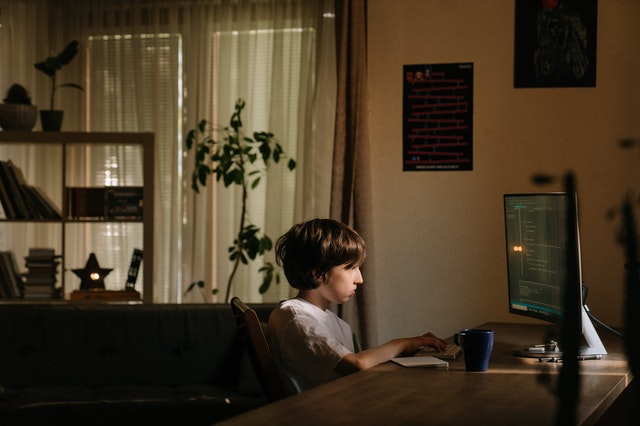 Photo by cottonbro from Pexels
Photo by cottonbro from Pexels
So instead of watching people jump on the coding bandwagon because we said so, we decided to write an article that discusses the benefits of learning how to code as a child. That way parents and schools can make an informed decision. Believe it or not, some of the advantages that we are about to share may shock you. Well, without further ado, here is our list of the benefits of learning to code as a child.
- 0 Comments
- Oct 6, 2020 10:00:00 AM
- Posted by Natalia Galvis
- Topics: Math, EdTech, STEM, Curriculum, Special Education, teachers, autism, students, Technology, VR, Edchat, Digital Technology, teaching, online, virtual learning, lessons, eLearning
Relevant Posts
Popular Posts
Subscribe to Email Updates
-
I Want To Learn MoreADDITIONAL INFORMATION


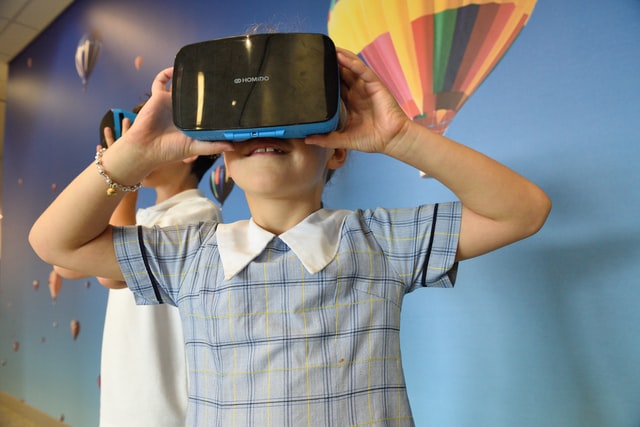 Photo by
Photo by 